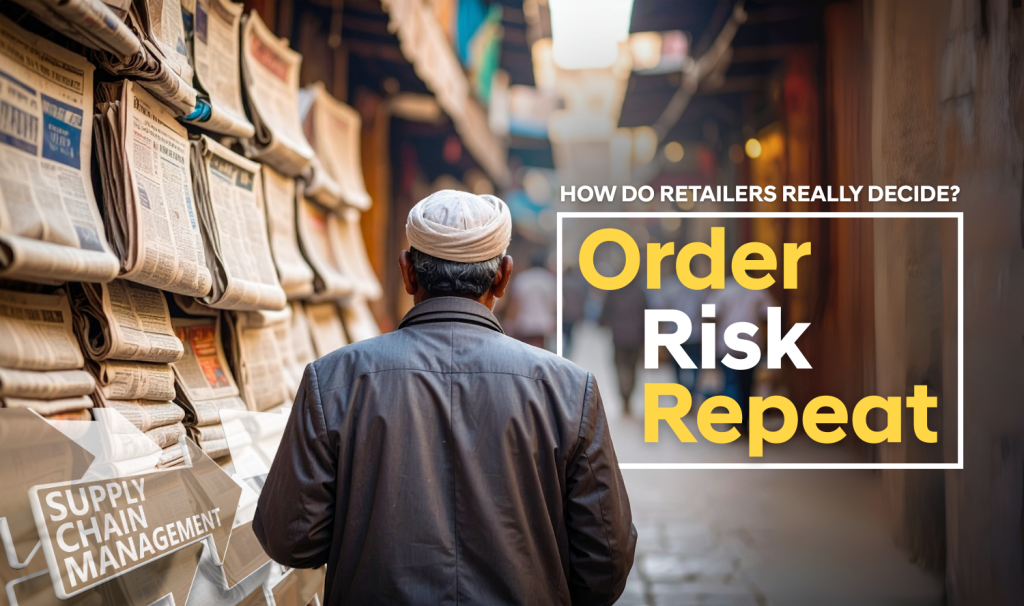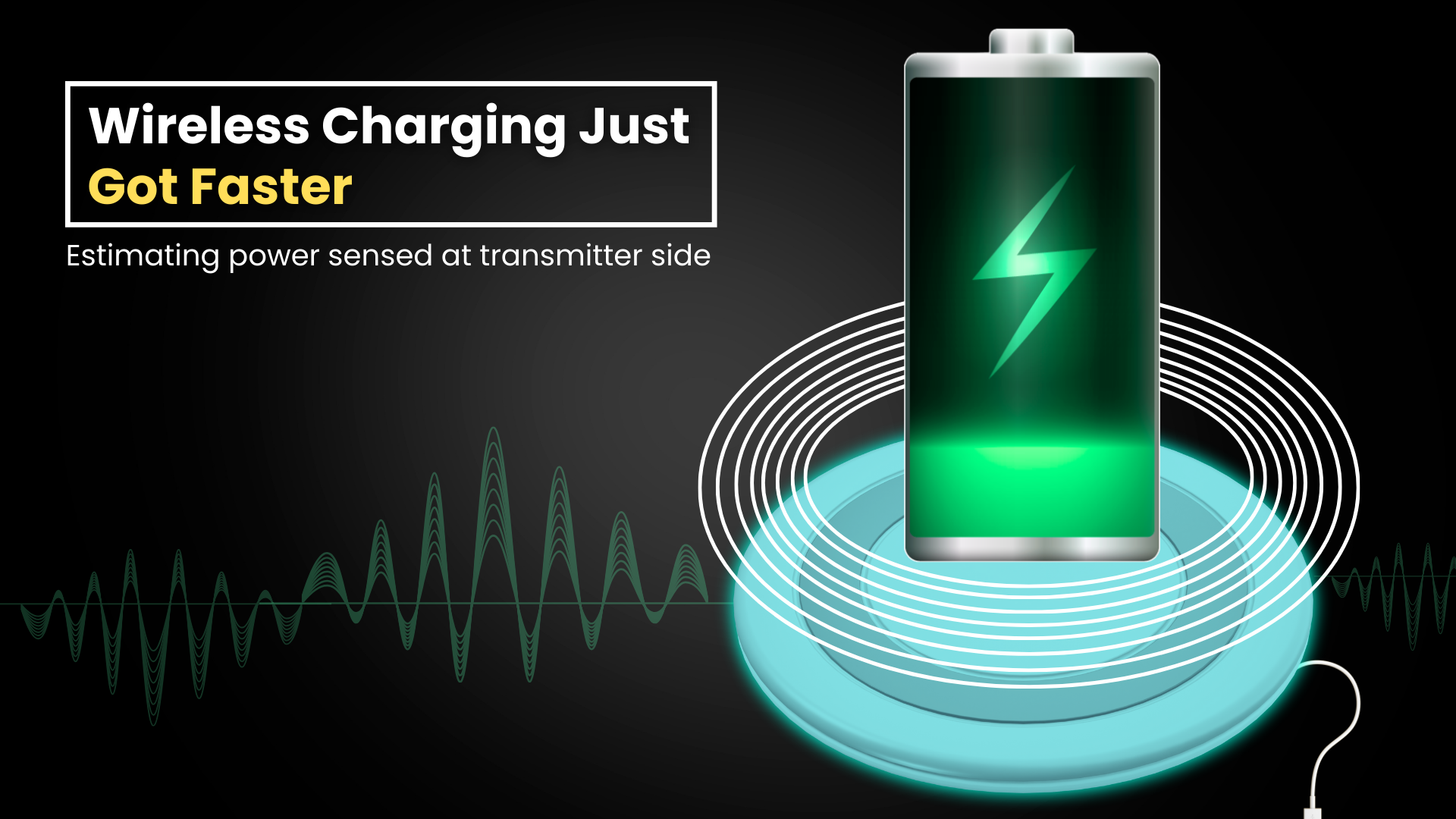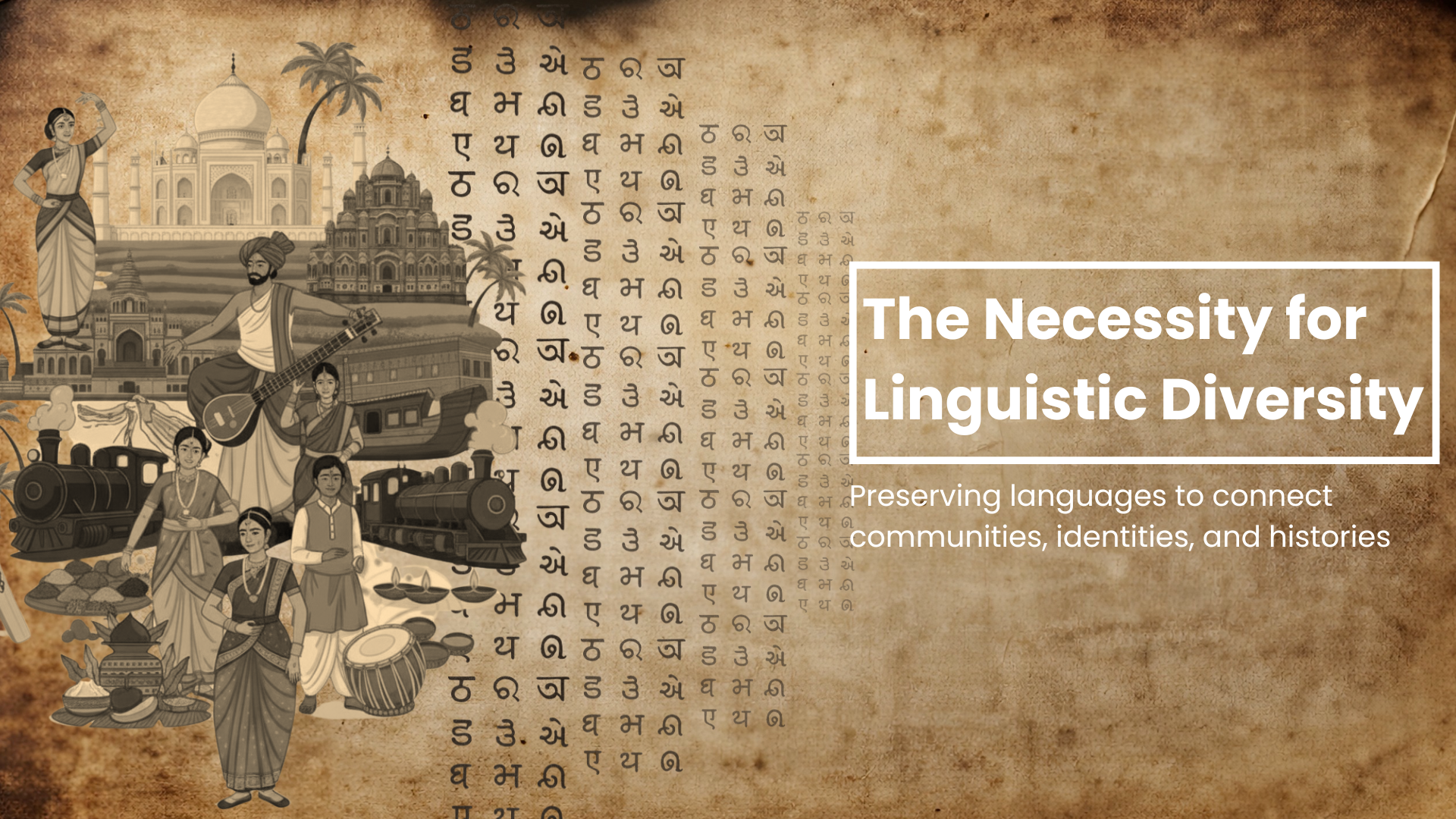
When I talk about newsvendors, you probably don’t associate this with business. But the newsvendor model is actually a mathematical model in applied economics that deals with businesses associated with uncertain demand for a perishable product.
Let’s say you want to start a business for selling a perishable product with uncertain demand, such as newspapers, but need to borrow money to buy inventory. There are two ways to borrow the money – either you approach a bank for finance, or you depend on trade credit, also called supplier finance. Trade credit is the option usually chosen by newsvendor like retailers because banks pose significant challenges for relatively smaller-sized and startup firms due to limited collateral (collateral is a property the borrower pledges to the lender to secure repayment of a loan), insufficient credit history, and the inherent uncertainty of their operations.
The case of the financially constrained newsvendor (FCNV) model has been studied in great detail. But till now, the behaviour of the borrower or retailer has not been studied that extensively. In this study, the authors Mr. Mohd Mujahid Khan from the Department of Management Sciences, Indian Institute of Technology (IIT) Kanpur, Kanpur, India, and Dr. B. Vipin from the Department of Management Studies, Indian Institute of Technology (IIT) Madras, Chennai, India (Dr. B. Vipin was previously an Assistant Professor at IIT Kanpur), have taken into account the behaviour of the retailer.
In this research, controlled-laboratory experiments were conducted to analyse retailers’ actual ordering behaviour when they receive in-kind trade credit and compare it with the normative models.
Two types of settings occur in the FCNV scenario – no-bankruptcy risk (NBR) and bankruptcy risk (BR) settings. No- bankruptcy risk (NBR) refers to the likelihood that the retailer will be able to meet its financial obligations and avoid the legal process of bankruptcy, while bankruptcy risk (BR) refers to the possibility that the retailer will be unable to repay the amount borrowed and may have to file for bankruptcy.
The experiments in this study were conducted in such a way that the products were classified into low-profit (LP) and high-profit (HP) margin categories. An additional treatment introduces open account financing for FCNV under trade credit and BR, keeping the trade credit interest rate at zero, which allows for a comparison of ordering behaviour with and without interest rates.
The study exhibits that under both NBR and BR settings, the retailers consistently exhibit deviations from normative behaviour. Under NBR settings, it was noticed that retailers overorder in the low-profit margin, and underorder in the high-profit margin settings. Under BR settings, consistent underordering was observed in both low-profit and high-profit margin settings.

The absolute deviation from optimality was found to be significantly lower in the BR setting compared to the NBR setting for low-profit margins. No statistically significant difference was observed for high-profit margin conditions. The results further indicate that absence of trade credit interest rates had no effect on the order quantities. Also, occurrence of bankruptcy did not play a significant role in the behaviour of ordering under BR conditions.
A dynamic panel regression model driven by the demand-chasing heuristic was employed to capture the ordering pattern. A prospect theoretic model was developed to describe the underordering behaviour observed in the BR setting and it was found that the reference point plays a key role.
This is one of the earliest attempts to identify the behaviour of financially constrained organisations. The results in this study can be used for future studies to investigate how organisations make decisions and further improve it.
Prof. Ramesh Anbanandam, from the Department of Management Studies, Indian Institute of Technology (IIT) Roorkee, Roorkee, India, pointed out the significance of the authors’ findings in this study with the following comments: “The research study investigates how people make decisions in a financially constrained supply chain setting. Their results show that actual decisions deviate from the theoretical models’ predictions, and their prospect theory-driven behavioral model captures the observed behavior. This research is useful to financial institutions and supply chains for targeted interventions for Micro, Small, and Medium Enterprises (MSMEs), especially in developing economies where access to finance is limited.”
Article by Akshay Anantharaman
Click here for the original link to the paper










